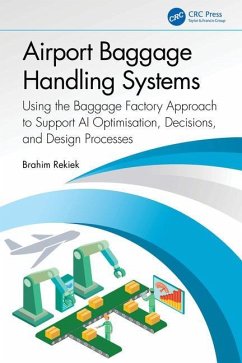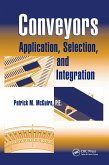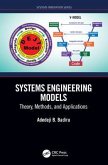The competition between airports demands higher-quality services to satisfy passengers. A Baggage Handling System (BHS) serves functions such as baggage sorting, screening, and storage. A successful BHS means bags move between areas as travellers do. Handlers load/unload bags and transfer them between the airport's areas. Automation can save money and bring safety and operational benefits. Warehouses as well as the automotive industry are more advanced technologically in comparison to the airport and especially the baggage handling business. The concept of the Baggage Factory (BF) is an approach (based on Industry 4.0) that simplifies the processes from the moment passengers drop off their bags at check-in till the destination (chutes, carousels, and so forth).
Airport Baggage Handling Systems: Using the Baggage Factory Approach to Support AI Optimisation, Decisions, and Design Processes introduces the features of the BF concept and presents how BHS designers can use AI technology to tackle many BHS problems and concerns. The book bridges the gap between airport BHS designers and experts in AI and optimisation. It describes in detail the field of baggage handling using algorithms for sorting bags or optimising the flow. The way the systems are designed is discussed, and a behind-the-scenes look at the BHS industry and how it affects the daily lives of travellers is presented.
International and multidisciplinary in approach, this book is an ideal resource for practitioners, students, and researchers involved in the air transportation industry, Tourism, Systems Engineering, Layout and Design, Artificial Intelligence, Assembly Automation, and Logistics fields.
Airport Baggage Handling Systems: Using the Baggage Factory Approach to Support AI Optimisation, Decisions, and Design Processes introduces the features of the BF concept and presents how BHS designers can use AI technology to tackle many BHS problems and concerns. The book bridges the gap between airport BHS designers and experts in AI and optimisation. It describes in detail the field of baggage handling using algorithms for sorting bags or optimising the flow. The way the systems are designed is discussed, and a behind-the-scenes look at the BHS industry and how it affects the daily lives of travellers is presented.
International and multidisciplinary in approach, this book is an ideal resource for practitioners, students, and researchers involved in the air transportation industry, Tourism, Systems Engineering, Layout and Design, Artificial Intelligence, Assembly Automation, and Logistics fields.








